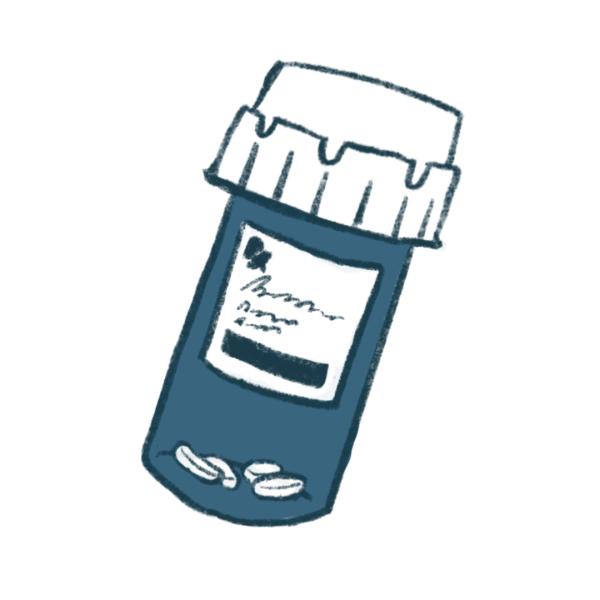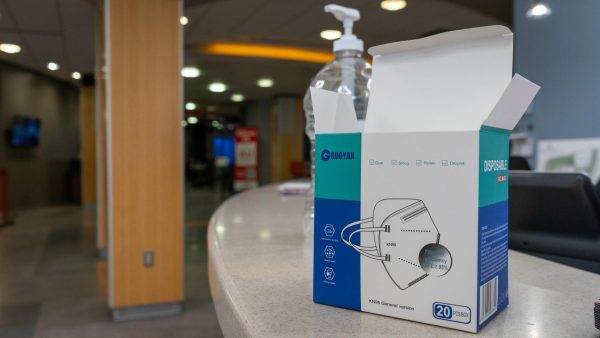A is for Adderall
Performance-enhancing drugs aren’t just for athletes anymore. The usage of prescription ADD and ADHD medications as “study drugs” is becoming increasingly popular among college students. A study from the U.S. Department of Health and Human Services revealed that full-time college students are twice as likely as part-time students to have used these drugs, and more than 80 percent of college students believe that taking these drugs is harmless. But study drugs aren’t what they seem to be.
Performance-enhancing drugs aren’t just for athletes anymore. The usage of prescription ADD and ADHD medications as “study drugs” is becoming increasingly popular among college students. A study from the U.S. Department of Health and Human Services revealed that full-time college students are twice as likely as part-time students to have used these drugs, and more than 80 percent of college students believe that taking these drugs is harmless. But study drugs aren’t what they seem to be.
“It’s not for fun,” said Katie, a freshman who asked that her name be changed. “That’s not the point of it. I take [study drugs] to accomplish what I have to do but don’t want to do.” She pays $5 per pill when she wants to sit down and get organized. She claims that it takes about 30 minutes for the drug to kick in for her, and that the effects last for roughly 12 hours.
“There is a very long history of these medications being used this way,” said Brian Rabinovitz, American University pyschology professor. He says that ADHD and ADD medications are amphetamines and affect the user by increasing the amount of dopamine in the brain. Dopamine, a neurotransmitter often found in ADHD and ADD medications, is essential for planning and judgment. It helps people differentiate between what they do and don’t want to pay attention to.
“You have to want to do your work, but [the pills] will keep you doing it once you start,” Katie said. “It helps a little, I guess, but it’s not an answer to your prayers. I sometimes get anxious.”
Students who are prescribed medication to combat diagnosed conditions don’t always have positive things to say about the medications either. “It’s a strange sensation to be so aware,” said Carly, a student who was prescribed Adderall in high school after being diagnosed with ADD. “I didn’t feel like myself.”
She says she has experienced physical and mental side-effects such as stomachaches, lethargy and panic attacks. “I was kind of hyper-focused to a point where I couldn’t just do something,” she said. “Movements that used to come naturally — I would start to think about them and be more choppy.”
Carly stopped taking the drug due to her adverse reactions and was told she was likely allergic to it. Rabinovitz emphasized that dosage is incredibly important, and there are various types of medications that work differently for different people.
Joe is a sophomore at AU with ADHD and has been taking Ritalin for the past three years with a prescription. “There are some times when I’ll wait to take [the pills] if I need to study during the day,” he said. “For me, it basically helps get ideas from my head onto paper.”
Joe has never sold the drug to another student, but he said, “Plenty of people ask me. They’re asking how much. They’re assuming I’m selling it.” Perhaps this is a testament to the drugs’ popularity on campus.
He says that the drug doesn’t make your brainwork any harder while studying, which is a common misconception. “You zone everything out,” Joe said. “Sometimes you’ll get jittery. Sometimes you don’t get hungry.” He explained instances in which he forgot to eat or had trouble lowering his heart rate after exercise, due to the medicine — side effects that are fairly common.
While the problem is not one that many universities have addressed directly, that doesn’t mean it should be ignored.
“Nationally there is a reason to be concerned,” Rabinovitz said. “[Users] don’t necessarily meet the qualifications for addictions, but one issue is that it’s not fair for people who don’t take the drug.”











